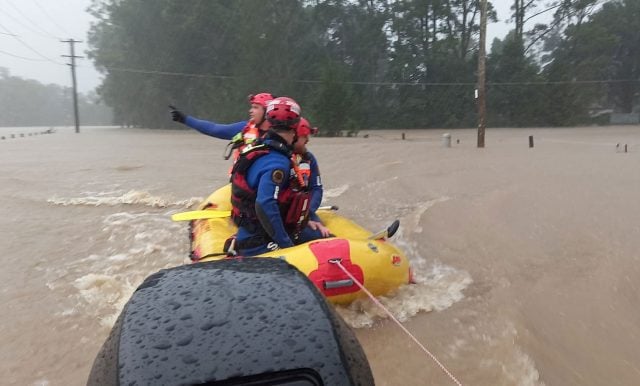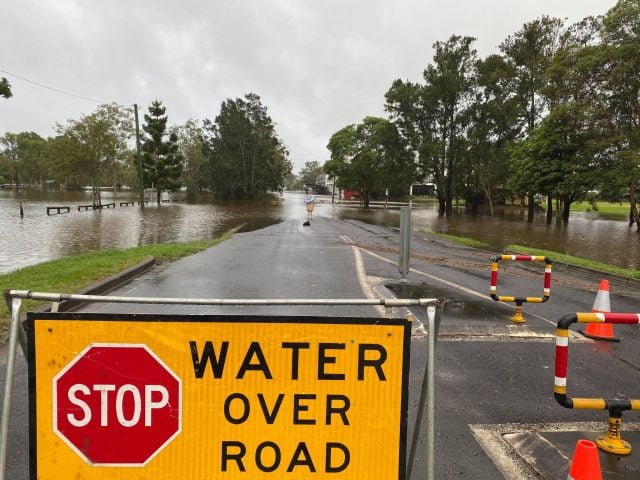
The storm season has officially started, the NSW Government and NSW State Emergency Service (SES) have announced.
The storm season will last until the end of March, according to the Bureau of Meteorology.
It is particularly important news for the Northern Rivers, which is subject to significant weather events such as heavy rains, cyclones, and floods.
Lismore is especially susceptible as it is surrounded by rivers and thus is at greater risk of flooding than the rest of the region.
In 2017, tropical cyclone Debbie caused significant damage to the region. At that time, Lismore recorded its wettest March day in over 100 years.
In 2020 torrential rain and flooding hit again Lismore and it was declared a natural disaster area by the NSW Government.
According to Australia Severe Weather, ‘Northern Rivers district of NSW is one of the most flood areas of the country’.
The significant rains in the region are even more critical during La Niña whether patterns, which increases precipitation levels.
According to the Bureau of Meteorology, ‘the El-Niño-Southern Oscillation (ENSO) is currently neutral’. However, recent observations suggest La Niña could arrive very soon and would last until 2022.

The community needs to prepare
Minister for Police and Emergency Services David Elliott said: ‘we need communities to be ready for the very real possibility of a repeat of recent flooding events, or potentially worse’.
Janet Pettit, Community capability officer at Northern Rivers SES, said: ‘as you know, we’ve already had a taste of it the last several days, impacting our area, … so now it’s time to start preparing’.
For Mr Elliott, it is essential to remember the safety measures, such as ‘never attempt to drive, walk or ride through it [floodwater]’.
Commissioner of NSW SES, Carlene York, encouraged people to prepare by having ‘an emergency kit ready, knowing what your evacuation plan is, and even having a plan for your animals – big or small’.
Northern Rivers SES team ready
While locals should get ready for the storm season, the Northern Rivers SES team is already prepared to intervene.
These teams are local volunteers who ‘know the history of the area and the impacts flooding can have’ explains Commissioner York.
‘But just as they are ready and prepared, we need communities to be as well’, she adds.
And even if you are getting ready with your family, you can still take part in the SES volunteer team as they need more help.
‘We always calling out for new volunteers as we had few drops off because of covid and people not being able to go to face-to-face training’, declares Ms Pettit.
But now, training can be done online ‘so we can do the job safely’ asserts Ms Pettit.

Climate change will increase risks
‘The storms here are going to be severe … as our weather seems to be more intense, more frequent’, declares Ms Pettit.
Indeed, the increasing climate change could make the situation worse.
According to the NSW Environment’s 2016 report, ‘climate change will exacerbate NSW’s natural climate variability, making it more difficult to manage our landscapes and ecosystems, and the human activities that depend on them’.
This same report asserts that extreme rainfall that can cause riverine and flash flooding is projected to increase, particularly in Northern NSW.
Currently, no weather warnings are issued for the Northern Rivers district.
Advices or voluntary program are available from the local SES team or on the website ses.nsw.gov.au.
For the latest weather warnings and forecasts, go to bom.gov.au.



